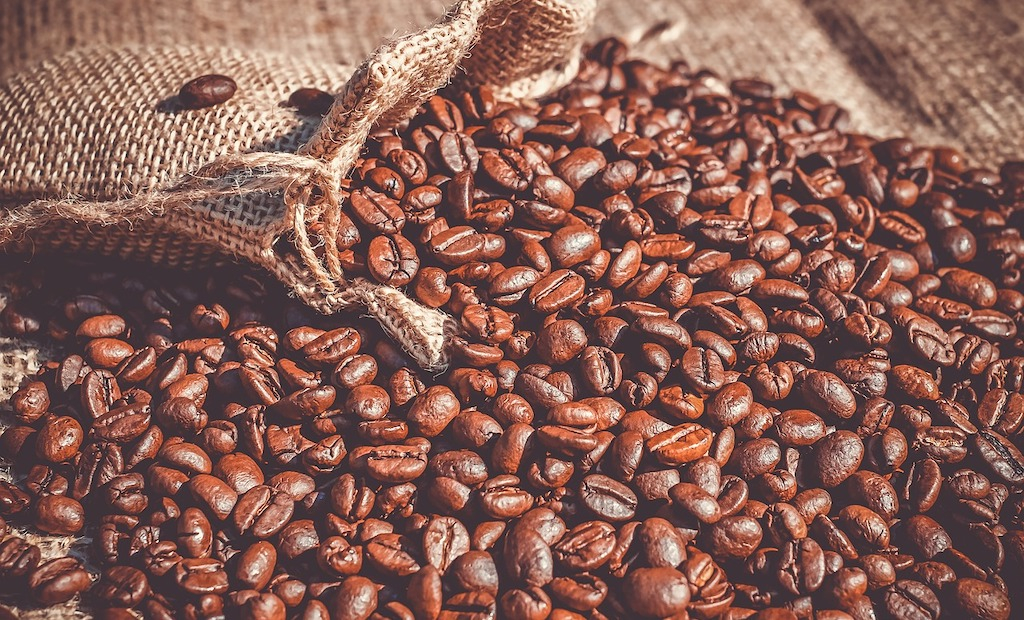Washed vs natural coffee: How does it affect the final cup?

When purchasing coffee beans, there are numerous factors to consider. Most of these are written on the packaging, especially when buying quality, single-origin coffee. Information on the origin, the altitude at which it is grown, and many other aspects of the coffee play a part, including whether it is washed or natural.
But what do “washed” and “natural” mean in the context of coffee beans?
Understanding coffee processing
To fully comprehend the difference between washed and natural coffee, it helps to know some background on how coffee goes from the bright red or yellow bean grown on a farm to the coffee beans used at home.
Unroasted beans are processed in various ways, with the common terms being “washed” and “natural”.
Each coffee bean or “cherry” consists of multiple layers: a seed and the pericarp, which is made up of the peel, pulp, and parchment (the three P’s). Before roasting, all outer layers must be removed.
Natural coffee processing
Natural coffee processing involves placing the cherries into a water tank. The processor must discard any cherries that are not at the right level of ripeness, so under and overripe cherries are removed.
The ripe beans are placed in flat beds under the sun and left to dry. The farmers need to monitor this process to ensure the beans do not rot and that there are no diseases or pests.
This method is used in many climates, especially those with lower precipitation levels, like some African coffee-producing regions. It is both natural in name and nature, as the beans are left to dry out in the sun and there isn’t much control other than farmers turning the beans.
This method can result in some very characterful beans and may be less consistent than other methods of processing:
Washed coffee processing
Washed coffee processing is also sometimes referred to as wet coffee processing. The beans are placed into a coffee mill and then put into a tank full of water and sorted to remove those that aren’t ripe, similar to the natural method. The remaining coffee goes through a fermentation process within a tank for a few days.
This method is quicker and more consistent in many ways, but it is not the only option for processing coffee.
De-pulping the beans
The coffee beans need to have all the pulp removed, meaning the peel, the pulp, and the parchment layers are all taken off. This is true regardless of how the coffee is processed.
If the coffee has been washed or prepared using the wet method, the cherries pass through filters that help remove these layers.
If the natural method is used, the layers need to have dried before being gradually stripped off the coffee, which means it can take longer.
The effect on the final taste
The primary focus is the final taste of the coffee and how the processing method impacts it.
Natural processing can provide more complex and nuanced flavours due to more fermentation. Microorganisms within the bean break down the cherry’s pulp elements, leading to a sweeter end result.
Washed processing causes some significant changes within the bean’s makeup, but there is less sugar for microorganisms to break down, resulting in a more acidic taste. The washed processing method still allows the natural taste of the coffee to shine through.
It isn’t as simple as to say one is better than another. Some coffee varieties may turn out better using certain processing methods, relying on the professionals growing, processing, and roasting it.
The final taste can be significantly impacted by the processing method, and there are even other processing varieties with different methods of removing the pulp.
To determine one’s preference, both methods should be tried. It’s a great excuse to sample more types of coffee.
The editorial unit

























Facebook
Twitter
Instagram
YouTube
RSS